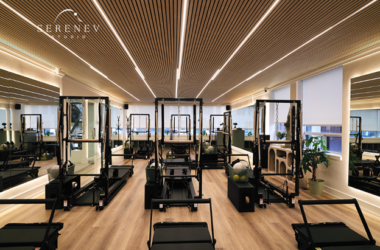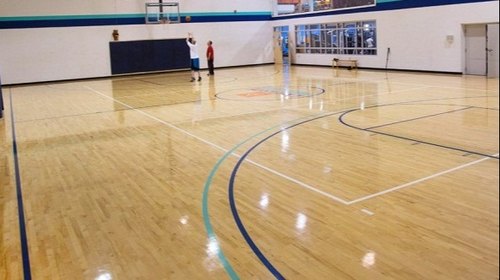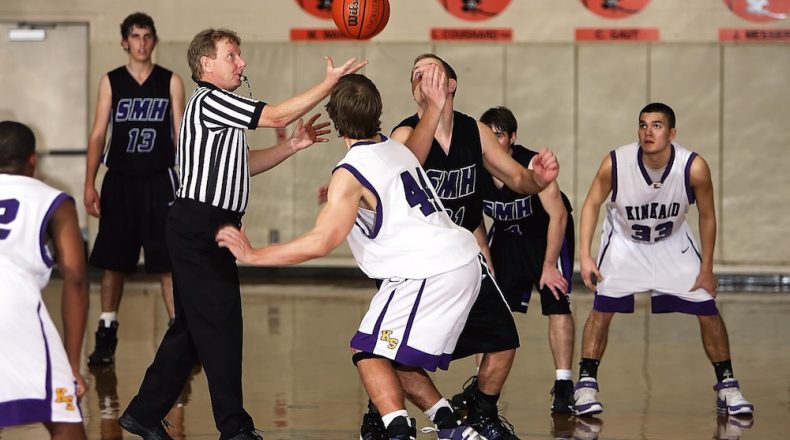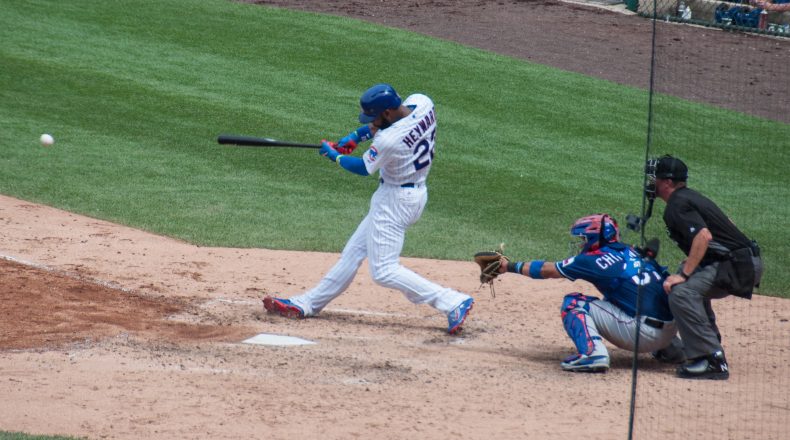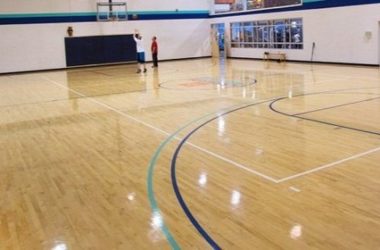Mini-pitches, or mini football pitches, are popular around many communities as a public facility that can make the best use of small fields and entertain residents of all ages. Kids can play football without going to expensive stadiums. Locals can enjoy after-work hours in sports. Even the aged can have a nice place to dance together.
Building a community mini-pitch is easier than it seems. There are five steps you need to establish and run your community’s sports paradise.
A field and permits
To build a pitch you must, first of all, have a field, of course. Luckily a mini-pitch can be built on any scales, 4-on-4, 5-on-5, 7-on-7, 10-on-10 and more (based on players on each side). Its sizes can vary from 680 square meters to 920 square meters, taking a 5-on-5 pitch for an example. If there is a wasted field or abandoned factory site in your community, try talking to its owner about this. Renting it should be easy. After you get the land, remember to register its purpose to your local authority, and get whatever permits necessary for your pitch to run, including but not limited to land usage permit, electricity installation permit, noise control certificate and construction permission.
Construction and electricity
To start, you first need to flatten your field. Make sure you have a rectangle area available for games. The irregular parts can be made into either spectator area or grounds for small games. Then you need fencing nets to make sure your pitch is well separated from the outside. Electricity is also necessary if you plan to allow people to play at night. LEDs on both ends will not cost a lot, but if you want to facilitate locker rooms and other parts of your pitch, you will need to consider its expense. If you opt to use grass on your pitch, you will also need a watering system to keep the grass. You also need extra trimming and lining work. Of course, you can choose artificial turf to save the troubles.
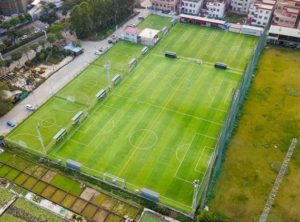
Turf rather than grass
The reason we recommend turf over the grass for mini-pitches is turf’s low cost and simple maintenance. In case you don’t know what turf is: artificial turf is a surface made with plastics or fiber that looks and functions like organic grass. Good things about turf: It is cheaper in the initial installation; it won’t grow, so you won’t need to water it or trim it, and apparently you don’t have to draw lines on it over and over again as you do on a grass; it is free of insects, so you won’t need to be concerned with biological hazards, which means children can play on artificial turf without fear of bug-biting. In a word, artificial turf saves more money and maintenance energy, thus it is more suitable for a community mini-pitch. There were concerns about its safety: it might cut people’s legs; its hard root might lead to easier injuries; the materials used to build a turf might contain hazardous items…these were 20th-century concerns, as a matter of fact. Nowadays, big turf suppliers like Excellent Turf have already provided solutions for more grass-like touches, softer and thicker root plates, and of course environmental-friendly materials. Besides, artificial turfs are easier to be cut into sizes that fit every inch of your irregular pitch.
Facilities on- and off-pitch
When you have a pitch, you still need goals to score. Soft goals with cotton nets can largely protect children from injury, thus we recommend that you choose them over steel and fiber ones. If you plan to hold training courses on your pitch, you would also need inflatable barriers and traffic cones for children to drill with. Based on the sports you choose to teach, you might need a lot more. Just remember to choose those that are portable, easy to store, and safe for children. Spectator seats are a luxurious but attractive addition to your community pitch too. There should also be proper distancing facility to keep vehicles from your pitch, and keep its noise from troubling your neighbors.
Good management and revenue plan
Let’s get to the hard part: management and revenue. First, you need to consider how much you are willing to open your pitch to the public. Most pitch owners would lock their pitches and give keys to those who preserve. This is essential to avoid the fight for the usage of the pitch at the same time. Some will lease their pitches for a certain amount of money because running a pitch is surely costly. The rent, the electricity, and the maintenance in addition to the initial investment are no joke. Even if you don’t plan to earn money from your pitch, you still need to think about revenue. Otherwise, you won’t be able to run it for the long term unless you are super-rich. After you pay your bill, you can think about training camps, ticket-selling tournaments and other approaches that actually yield.
Running a community mini-pitch can be a good deed that brings the whole neighborhood together better, and keeps children outdoor. Be prepared and join the global heat of community sports.



